Die industrielle Revolution hatte tiefgreifende Auswirkungen auf viele Branchen und die Welt der Schuhe bildete da keine Ausnahme. Vor der industriellen Revolution wurden Schuhe in der Regel von Hand gefertigt, wobei jedes Paar auf den Fuß des jeweiligen Trägers zugeschnitten wurde. Mit dem Aufkommen mechanisierter Produktionstechniken veränderte sich die Schuhherstellung jedoch.

Eine der wichtigsten Entwicklungen in der Schuhherstellung in dieser Zeit war die Entwicklung des Schuhleistens. Das Leisten ist eine Form, die dazu dient einen Schuh während des Herstellungsprozesses zu formen und zu gestalten. Vor der industriellen Revolution wurden Leisten in der Regel aus Holz gefertigt und von Hand geschnitzt, um der Form des Fußes des Trägers zu entsprechen.
Mit dem Aufkommen der Industrialisierung wurden Schuhleisten jedoch in Massenproduktion aus neuen Materialien wie Eisen und Stahl hergestellt. Diese Leisten wurden in Größe und Form standardisiert, wodurch es möglich wurde Schuhe in großen Mengen und zu geringeren Kosten herzustellen.
Als die Schuhherstellung auf maschinelle Fertigung umgestellt wurde, konnte die Anzahl der produzierten Schuhe im Vergleich zu handgefertigten Methoden erheblich gesteigert werden. In den Anfängen der maschinellen Fertigung konnte eine einzige Maschine bis zu 700 Paar Schuhe pro Tag herstellen, im Vergleich zu 50–60 Paar, die ein erfahrener Schuhmacher mit der Hand herstellen konnte. Dies führte zu einer massiven Steigerung der Schuhproduktion und -verfügbarkeit, wodurch Schuhe erschwinglicher und für die breite Masse zugänglicher wurden. Gegen Ende des 19. Jahrhunderts war der Einsatz von Maschinen und Fließbändern in der Schuhherstellung zur Norm geworden, was eine noch größere Effizienz und ein noch größeres Volumen ermöglichte. Heute können Schuhfabriken mithilfe fortschrittlicher automatisierter Technologien Zehntausende von Schuhpaaren pro Tag herstellen.
Eine der wichtigsten Innovationen in der Schuhleistenfertigung in dieser Zeit war die Entwicklung symmetrischer Leisten. Vor dieser Entwicklung wurden Schuhleisten in der Regel so entworfen, dass sie entweder für den linken oder den rechten Fuß passten. Mit dem Aufkommen standardisierter Produktionstechniken begannen die Hersteller jedoch symmetrische Leisten herzustellen, die für beide Füße verwendet werden konnten.
Diese Innovation machte die Schuhproduktion zwar einfacher und kostengünstiger, hatte jedoch einige unbeabsichtigte Folgen für die Fußgesundheit. Unsere Füße sind nicht perfekt symmetrisch, und das Tragen von Schuhen, die symmetrisch gestaltet sind, kann zu einer Reihe von Problemen führen; darunter Blasen, Schwielen und sogar langfristige Fußdeformitäten.
Heutzutage verwenden Schuhhersteller eine Kombination aus handwerklichen und maschinellen Techniken, um Schuhe herzustellen, die sowohl stilvoll als auch bequem sind. Das Erbe der industriellen Revolution und der Aufstieg der Massenproduktionstechniken sind jedoch immer noch in der Standardisierung der Schuhgrößen und der Verwendung symmetrischer Leisten zu sehen. Dies führt seit Hunderten von Jahren zu Fußproblemen.
Mit dem Produktionsboom waren die Verkaufstaktiken einfach. Diese Schuhe sahen besser aus, waren haltbarer und vor allem symmetrisch, was dem Modebewusstsein zu entsprechen schien!

In vielerlei Hinsicht spiegelt die Geschichte der Schuhherstellung die größeren Trends und Entwicklungen der Industrialisierung wider. Und obwohl der Aufstieg der Massenproduktion viele Vorteile mit sich brachte, darf nicht vergessen werden, dass Standardisierung und Uniformität auch Nachteile haben. Während wir weiterhin innovativ sind und die Art und Weise, wie wir Schuhe herstellen, verbessern, ist es wichtig die Bedeutung der Individualität und die einzigartigen Eigenschaften der Füße jedes Einzelnen im Auge zu behalten.
Probieren Sie den „Fußbett-Test“ auf unserer Instagram-Seite aus, um zu sehen, ob Ihre Schuhe gut passen.





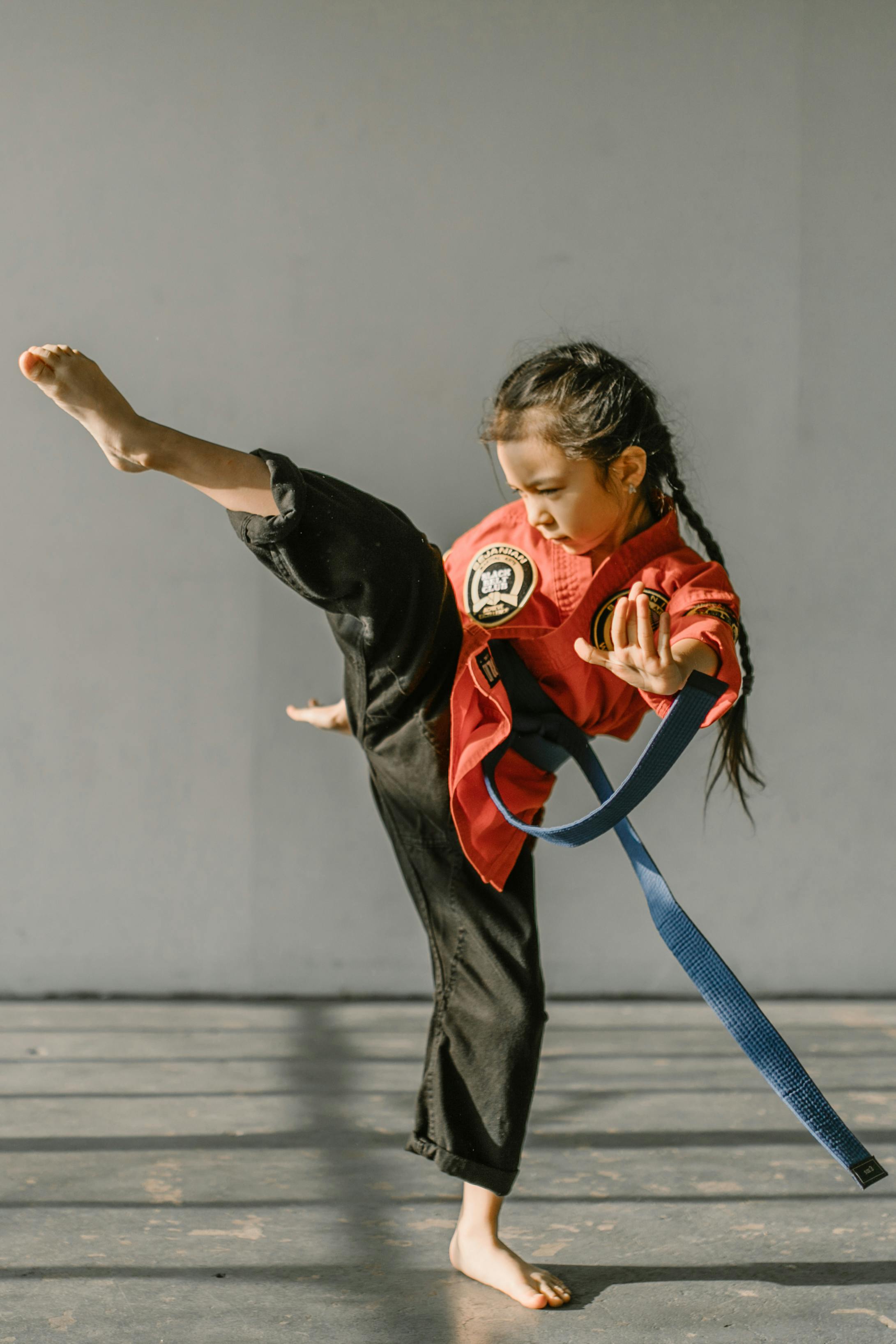

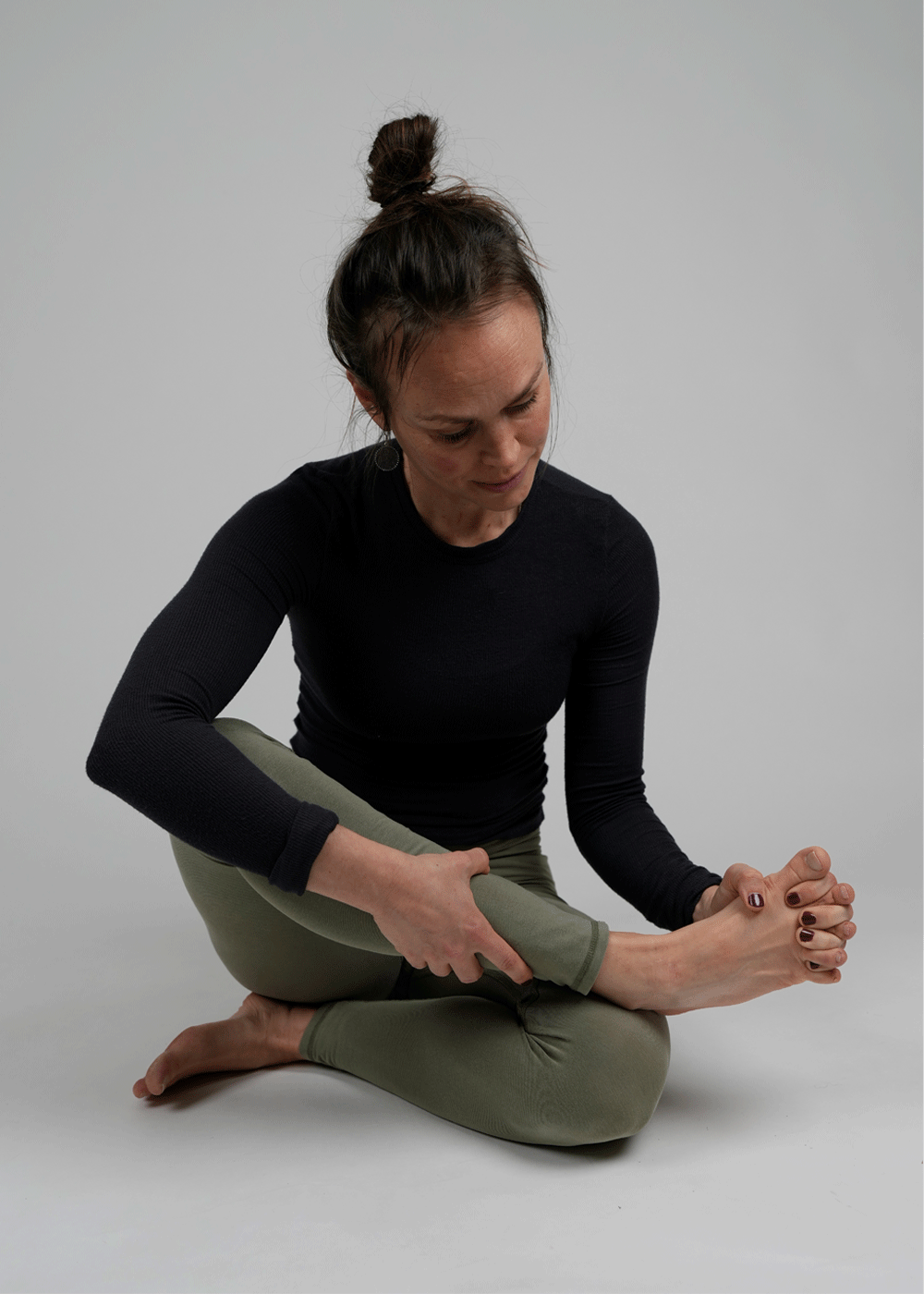
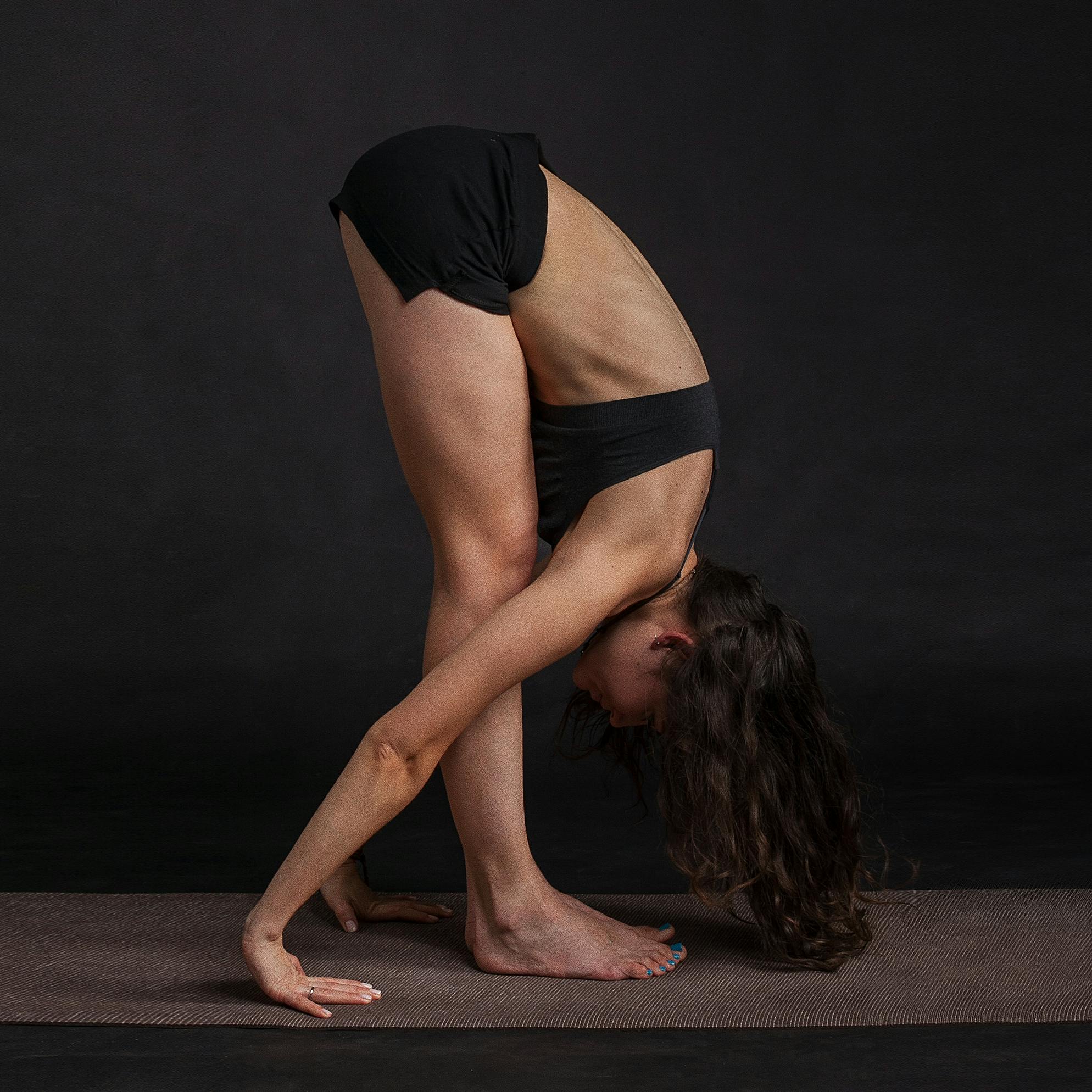



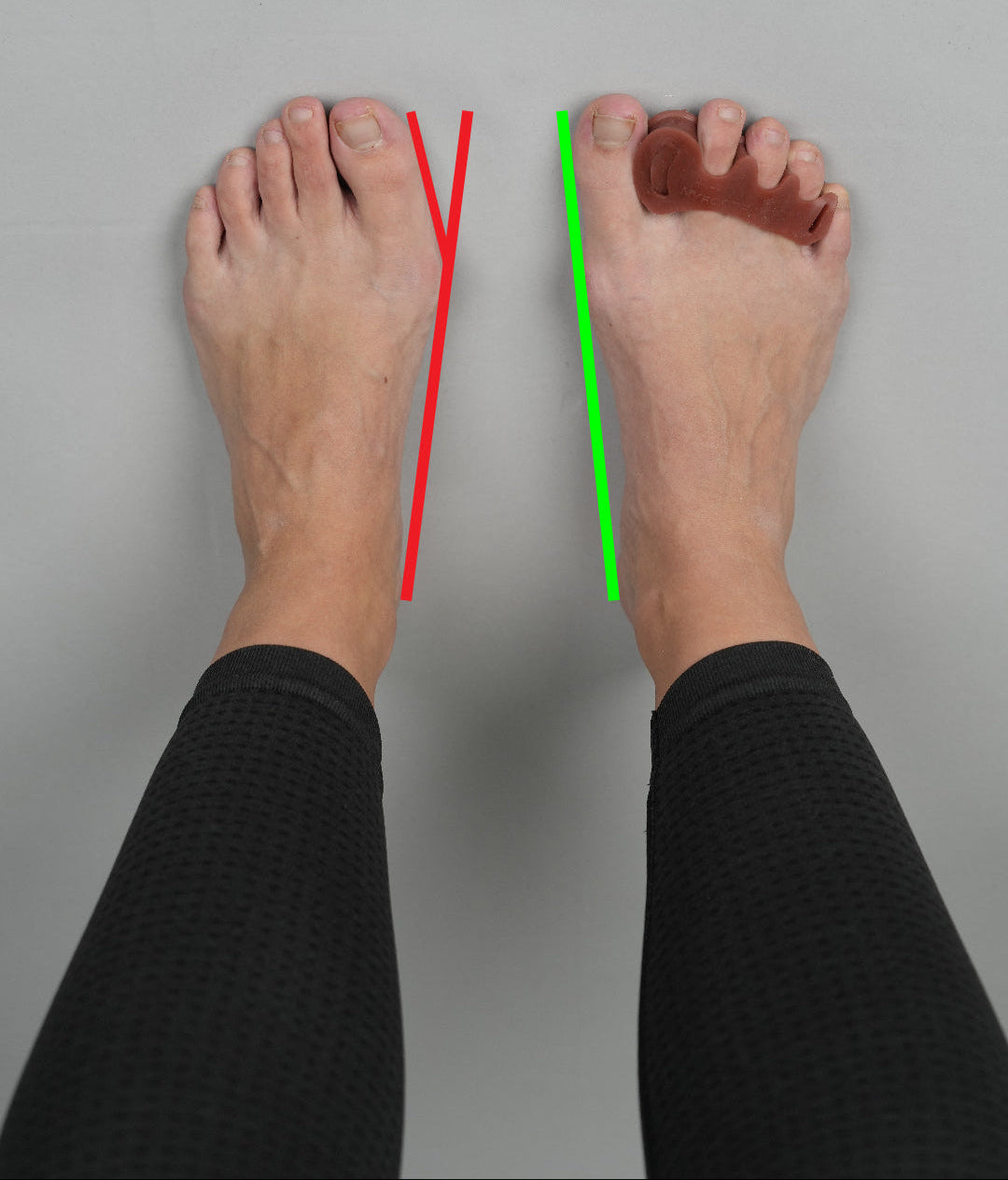
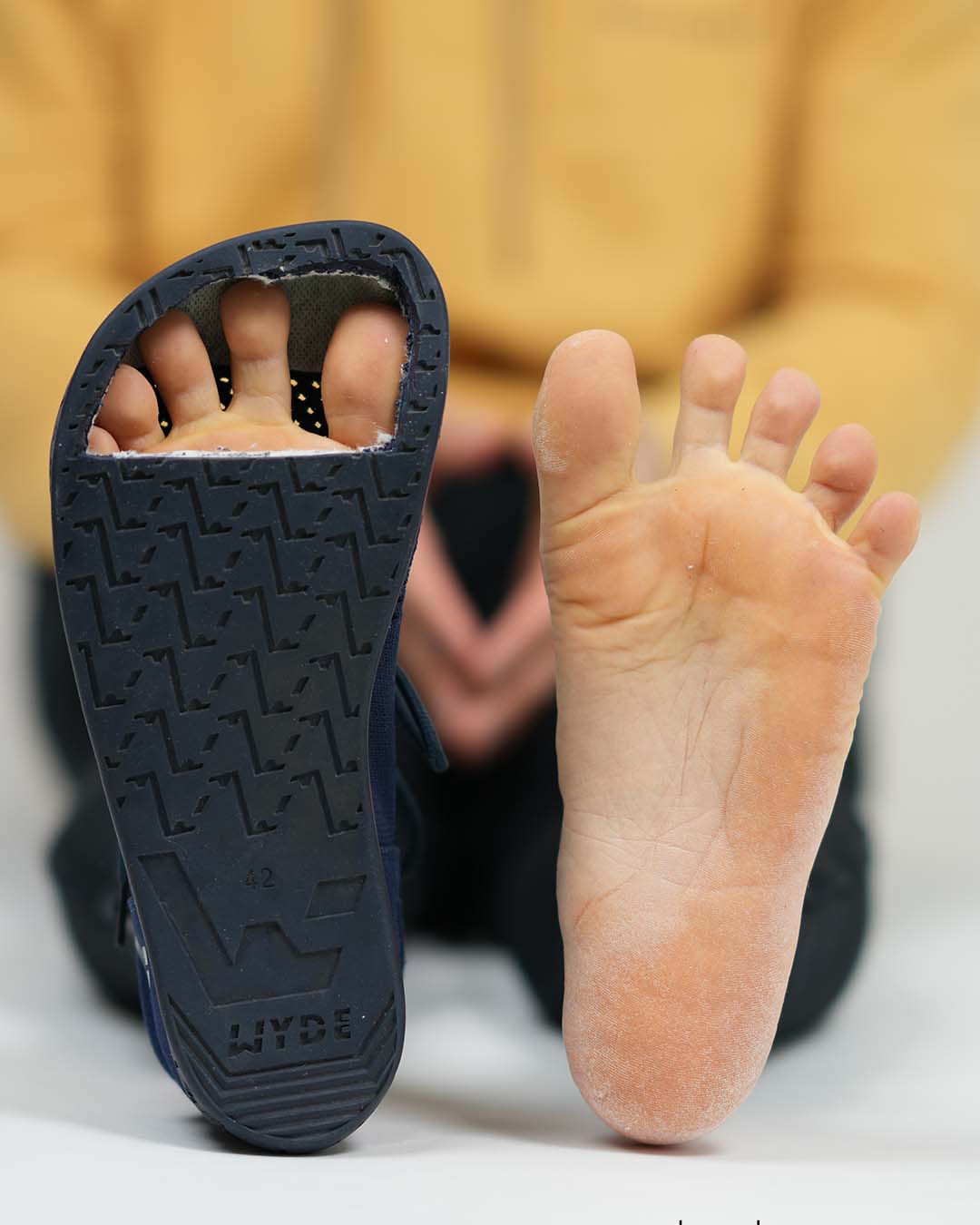
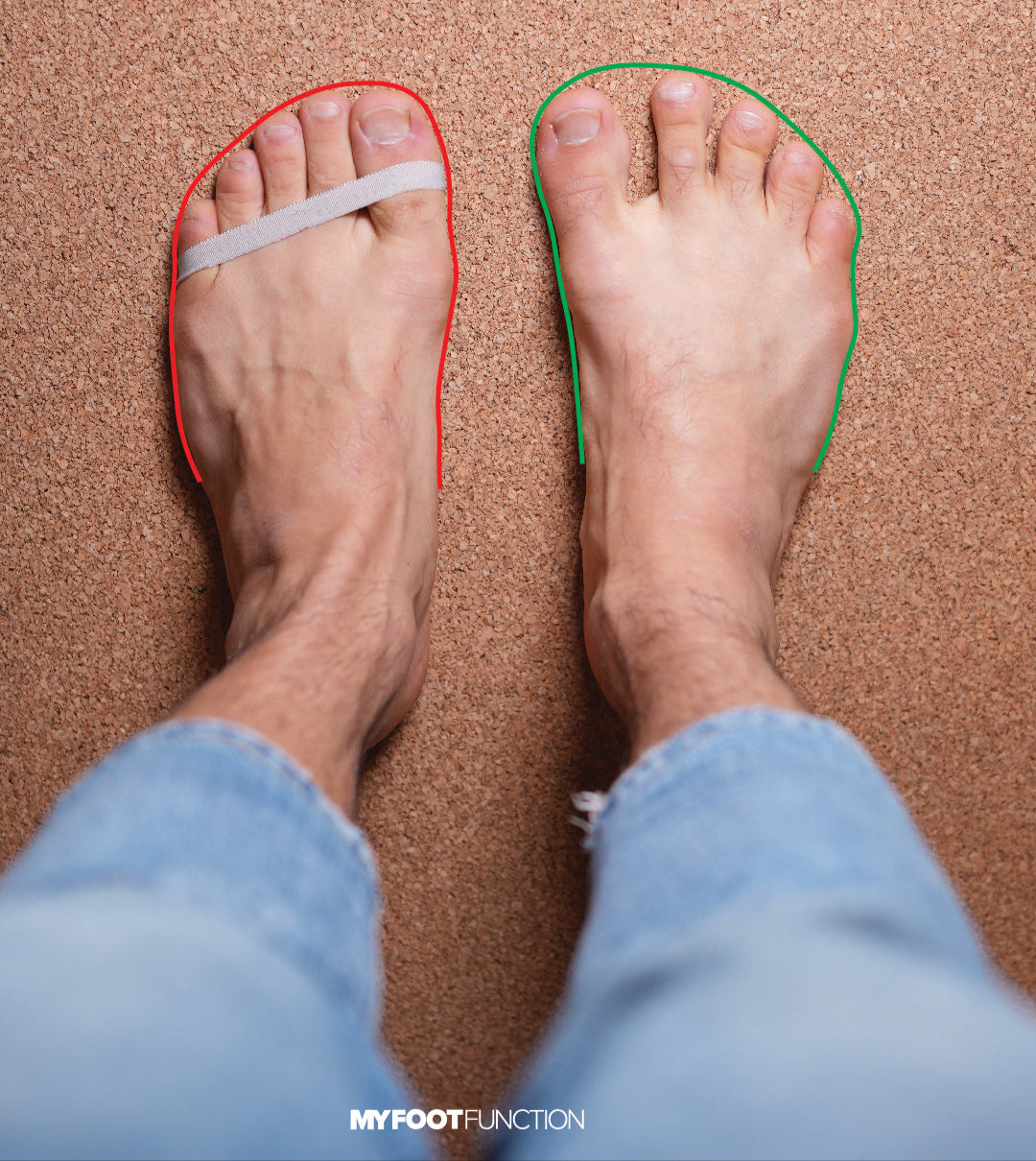
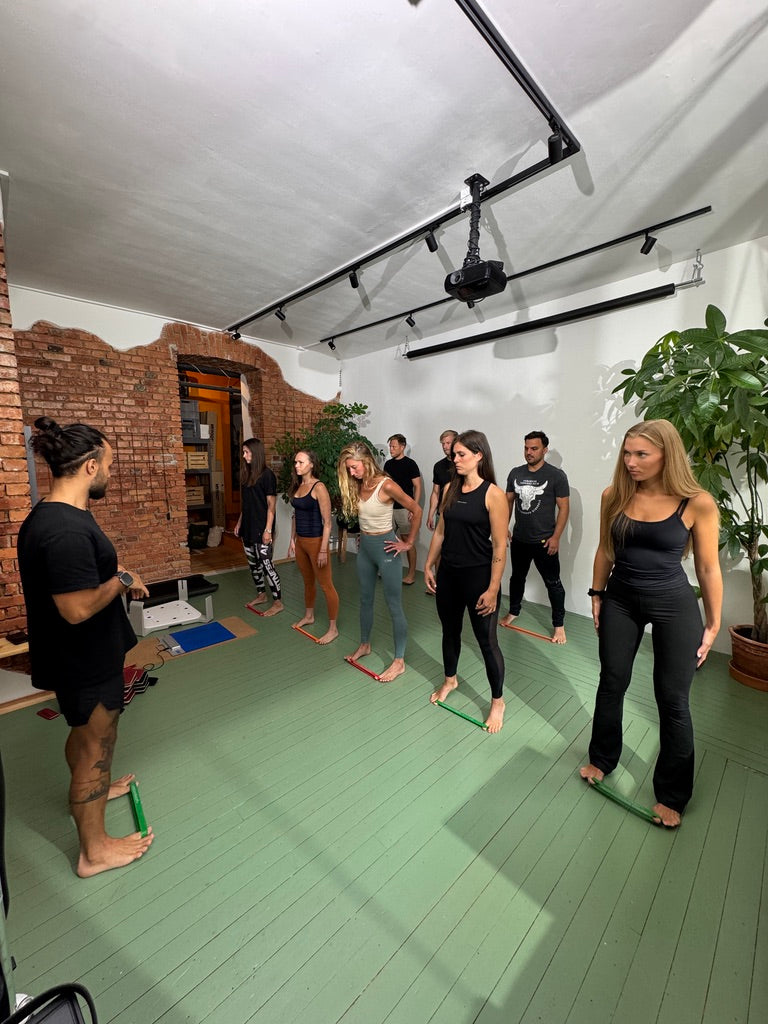
Share:
Europas Begeisterung für spitze Schuhe!
Der älteste Schuh der Welt